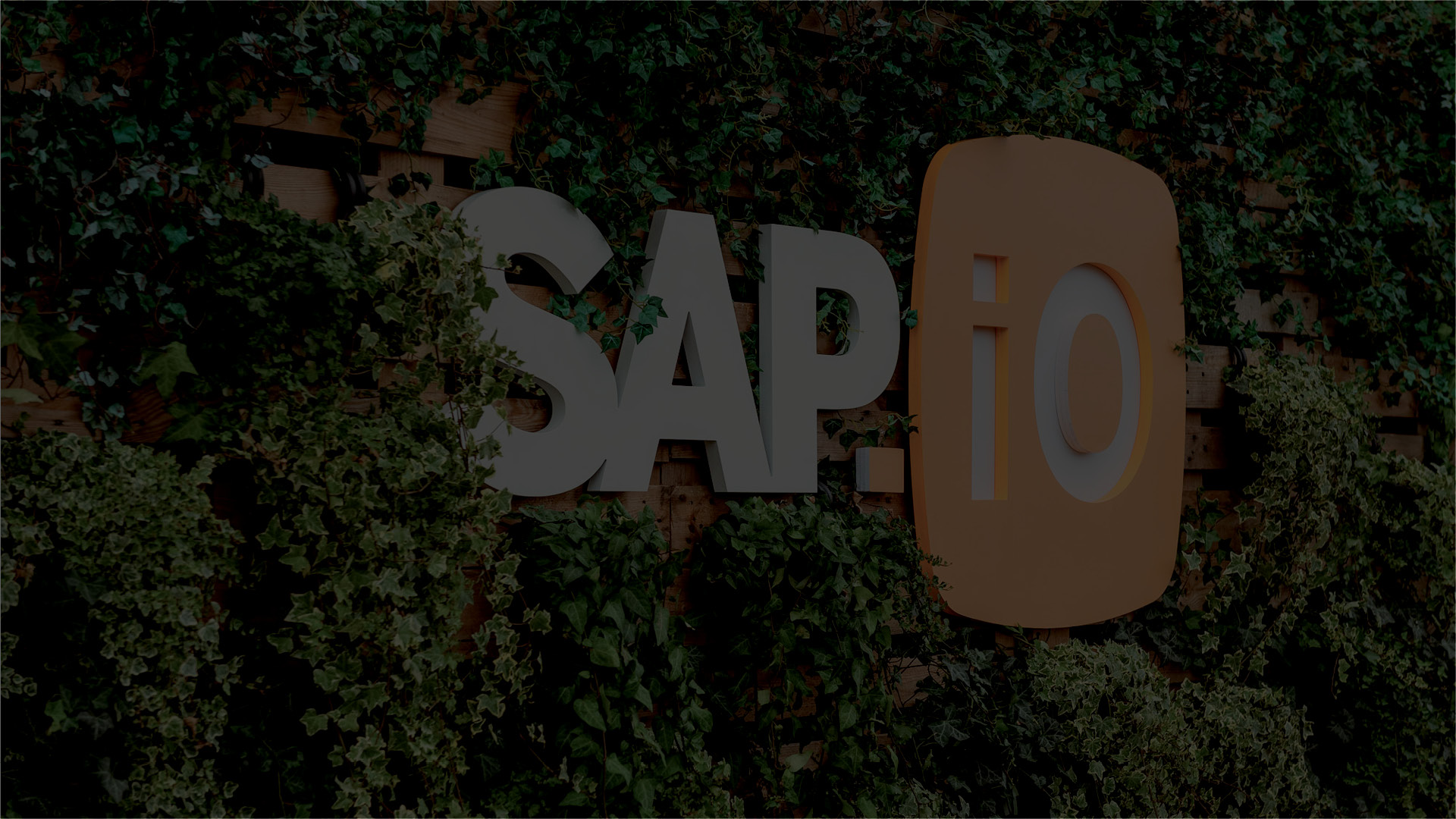
According to Gartner researchers, live commerce is one of the hottest digital selling trends as retailers and even business-to-business (B2B) companies engage customers with personalized sales through streaming video.
To be clear, these are not yesterday’s social brand ambassadors. TVPage has pioneered this latest trend, offering an artificial intelligence (AI)-based cloud platform that brings together store associates, approved influencers, and products for the most dynamic online e-commerce machine to date.
“We are at the forefront of social e-commerce, using video to put virtual yet personalized salespeople directly in the online store,” said Allon Caidar, co-founder and CEO at TVPage. “It’s a full-cycle marketing engine for customer engagement and online shopping, turning companies into their own social media destination that pops up as people search for products.”
Bustling Virtual Storefronts
Large retailers and other companies worldwide are using TVPage to replicate the kind of expert selling consumers crave. For example, when a retailer signs up, it gains a virtual storefront for its own sales associates – as well as independent influencers – all of whom serve as social brand ambassadors. Using a mobile app or web browser, these ambassadors keep consumers engaged by uploading videos, photos, and other information about products on the retailer’s website. They use social media to share their content, answer customer questions, and invite interested consumers to special online events.
“Consumers can chat with social brand ambassadors anytime to find out if a product comes in a different color or size,” Caidar said. “Ambassadors might decide to schedule beauty makeovers based on the questions they’ve received or spotlight gaming releases that reflect breaking trends. Customers can purchase products directly from their videos.”
Companies can set and monitor social ambassador metrics from one dashboard, paying their own employees based on individual performance goals. TVPage also helps its customers find and manage independent influencers, including sourcing and paying freelance social ambassadors.














